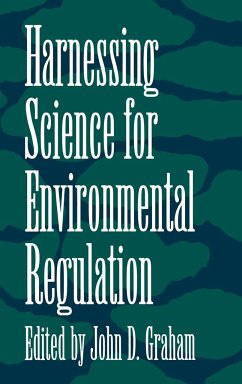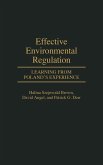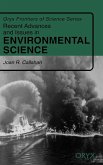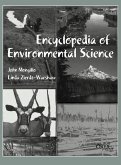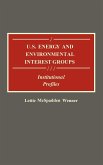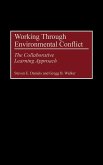Human exposure to toxic substances that cause cancer, reproductive abnormalities, and other adverse health effects is a topic of increasing interest to scientists, journalists, workers, business executives, advocacy groups, and the public at large. Citizen concern has prompted the government to establish an elaborate regulatory system designed to protect people from chemical exposures. Harnessing Science examines the role of science in toxic chemical regulation at the U.S. Environmental Protection Agency. The book postulates that scientific knowledge and advice from experts outside of government is critical to the competence and credibility of regulations designed to protect public health. This unique volume takes a close look at the contributions of three specific organizations that were designed to improve regulatory science: the Chemical Industry Institute of Toxicology (CIIT), the Science Advisory Board of the EPA, and the Health Effects Institute. Early chapters trace the origins and histories of each of these three organizations. Then regulatory case studies of selected chemical substances (unleaded gasoline, perchloroethylene, formaldehyde, nitrates, and carbon monoxide) are used to assess the contributions of CIIT, SAB, and HEI. The final chapter makes specific recommendations designed to strengthen these organizations. Harnessing Science for Environmental Regulation is essential reading for anyone who is interested in how science influences regulatory decisions about human exposure to toxic chemicals. It will be of special interest to federal and state policy makers, practicing scientists, environmental advocates, risk assessors, corporate managers, and environmental journalists.

